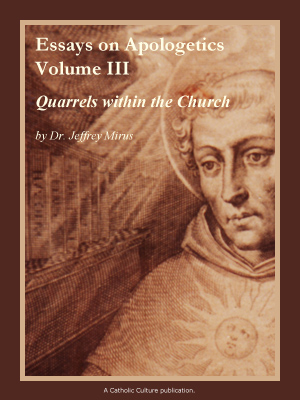The Passion of Joan of Arc (1928)
By Thomas Mirus and James Majewski ( bio - articles - email ) | Jun 10, 2022 | In Criteria: The Catholic Film Podcast
Listen to this podcast on: Apple Podcasts | Spotify | RSS feed | YouTube Channel
This is a listener-supported podcast! Thanks for your help!
A mere eight years after the 1920 canonization of Joan of Arc, and in the midst of her great popularity as a French national hero, Danish director Carl Th. Dreyer made The Passion of Joan of Arc. It is widely regarded as one of the greatest films of all time, and is included on the Vatican film list.
Two aspects in particular put this film in the canon: first, Renee Maria Falconetti’s transcendent performance as Joan, which some consider the greatest work ever done by a film actor. And second, the film’s radical visual style, eschewing establishing shots and even a clear sense of place to focus entirely on the actors’ faces, combining with fast-paced editing to put what Dreyer called the “close-quarter combat” between Joan and her judges front and center.
The film combines a historical approach—based almost entirely on the real transcripts of Joan’s trial—with non-realistic acting and cinematography, to arrive at “the ecstatic truth” about St. Joan (to borrow a phrase from Werner Herzog). The Passion of Joan of Arc feels much less dated than many silent films, and would make a great introduction for those unfamiliar with this era of cinema.
Like many silent films, it has existed in various versions and states of disrepair over the decades—but Joan‘s history is more remarkable than most. After the original negative was destroyed in a studio fire the year after it was shot, Dreyer reconstructed it shot-for-shot using alternate takes. The second version of the film was then destroyed in a different studio fire. In 1981 a print of the original film was discovered in the janitor’s closet of a Norway mental institution, providing the fairly pristine version we can view today.
But we still have various frame rates and soundtracks to choose from, which gives rise to a broader discussion about what constitutes, and who decides, the “definitive” version of a work of art.
Links
Read Nathan Douglas at The Vocation of Cinema https://vocationofcinema.substack.com/
Music is The Duskwhales, “Take It Back”, used with permission. https://theduskwhales.bandcamp.com
All comments are moderated. To lighten our editing burden, only current donors are allowed to Sound Off. If you are a current donor, log in to see the comment form; otherwise please support our work, and Sound Off!
-
Posted by: Thomas V. Mirus -
Jun. 11, 2022 4:04 PM ET USA
tenriverbend2769: Yes, that was an error on my part. I fixed it. Thanks for pointing it out!
-
Posted by: tenriverbend2769 -
Jun. 10, 2022 10:13 PM ET USA
A question or observation, rather than a "comment": I may be missing something, but the program discussion does not deal with The Passion of Joan of Arc. Something is off here, isn't it? ???








